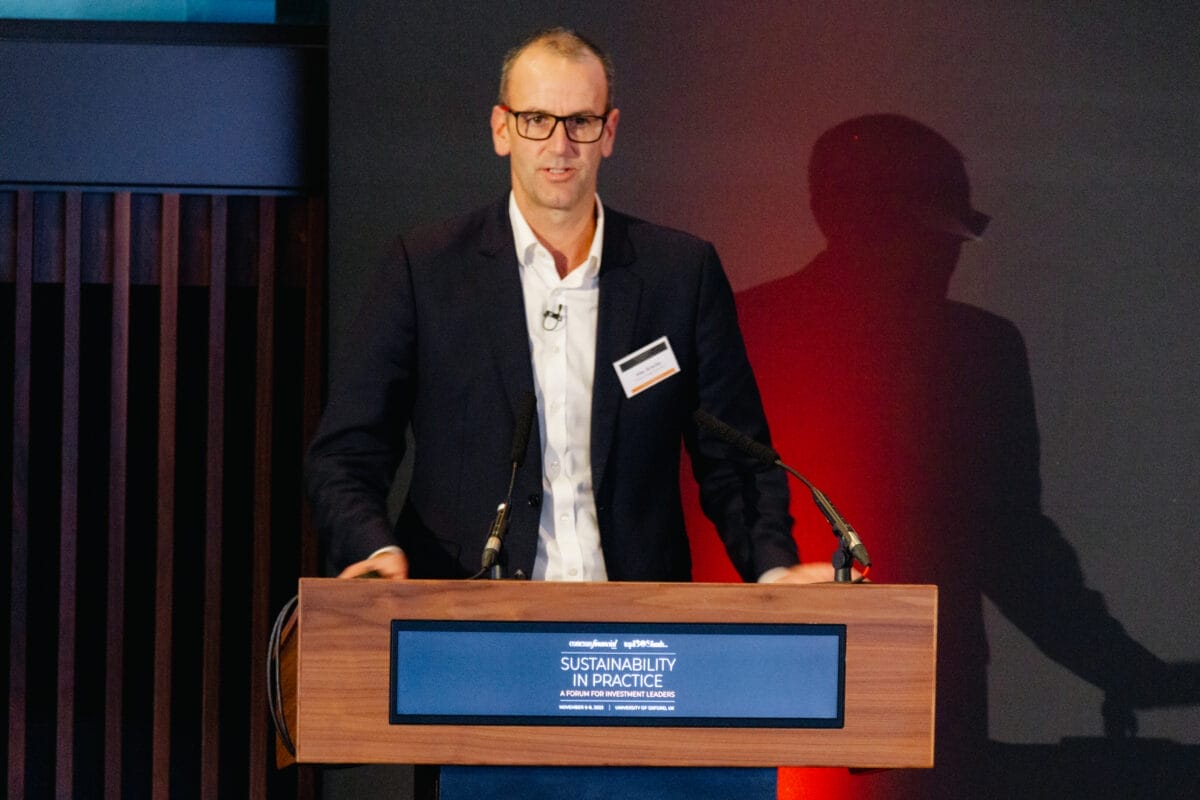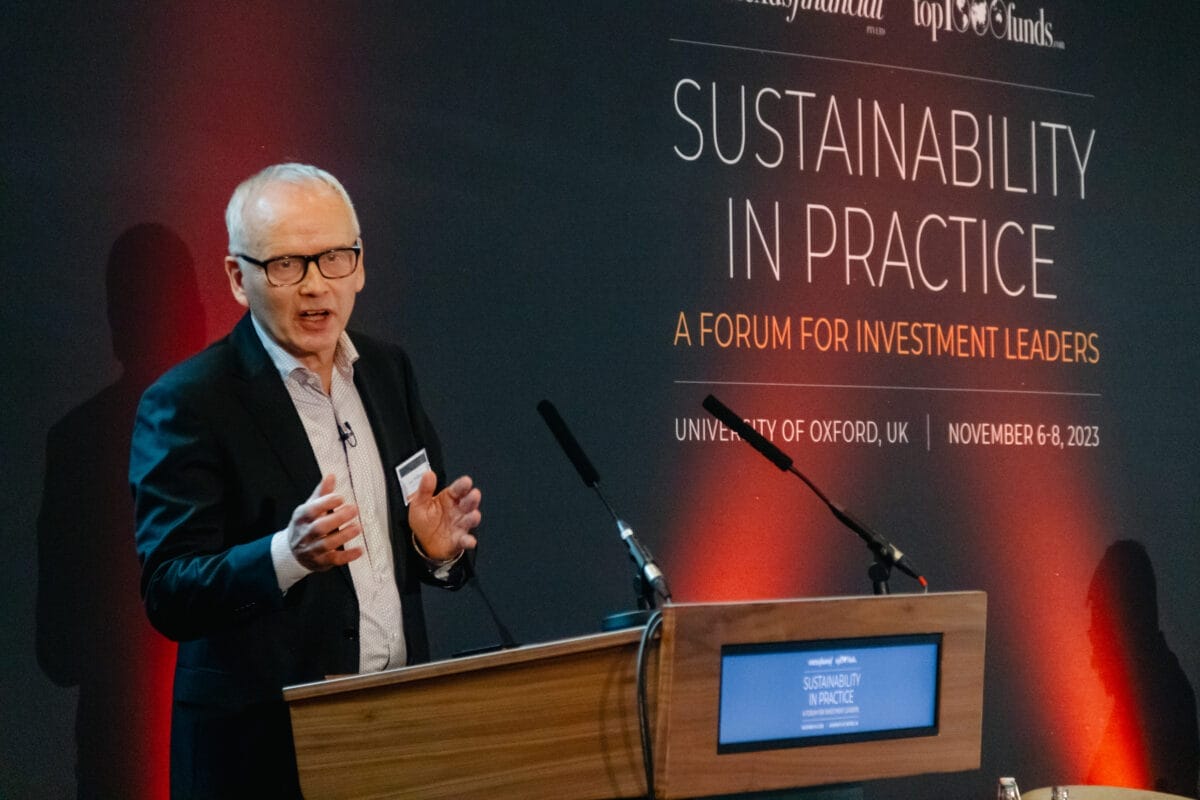The world is shifting from having very few centralised power stations feeding electricity into the grid, to a more dynamic market with abundant opportunities for investors, according to Alex Brierley, co-head, Octopus Energy Generation, a specialist renewable energy and energy transition manager with about £6 billion worth of assets under management.
The opportunity set now includes rooftop solar generation, the decarbonisation of heat, energy storage and electric vehicle charging, green hydrogen and many other facets, Brierley said, in a panel session at the Sustainability in Practice forum, organised by Top1000funds.com and held at Oxford University.
“These are big new investment areas that I think investors should engage with,” Brierley said, in a session looking at the European energy market over the past three years and the opportunities in renewable energy assets.
Energy investors are looking for diversification and low correlation with their listed equities and fixed income portfolios, along with predictable yield and inflation protection, when they look to infrastructure including renewable energy infrastructure, Brierley said.
These expectations have been tested over the last three years, with events such as the onset of Covid-19 and the invasion of Ukraine causing massive fluctuations in energy and commodities prices. Now the fighting in Gaza threatens the path of oil and gas into Asia if Iran moves to shut the Strait of Hormuz.
Despite the turmoil, renewable assets have largely performed as investors hoped, “and that I hope encourages many investors in this room to keep on investing in the incredibly important job that these assets are doing,” Brierley said.
Green hydrogen is unlikely to play a part in decarbonising heating in homes through the existing gas network, as ground source and air source heat pumps are far more efficient, and less dangerous, Brierley said. However green hydrogen could play a role in decarbonising big industry, he said.
Green hydrogen is also the likely answer to power storage in a world dominated by solar and wind assets, he said, as “when there’s low wind for four or five weeks in a cold winter, short-term batteries just can’t cut it.”
Increasingly engaged consumers are also playing a role by buying electric vehicles at scale, plugging them in, and “allowing power companies like ours to actually determine when to charge those vehicles or not to charge those vehicles,” he said.
“We now have about 100,000 electric vehicles under the control of Octopus, we decide when they charge and when they discharge,” Brierley said. “What that essentially means is that we have about 550 megawatts of dispatchable capacity, which is basically just a really, really big battery and it’s extremely efficient.”
A table discussion asked audience participants–predominantly global institutional asset owners–what was holding them back from further investment in the energy transition, drawing a range of varied responses.
One participant said the rise in interest rates, and corresponding cash flow management issues, had reduced demand for higher-yielding, illiquid infrastructure assets. Others were concerned about the economic sustainability of some parts of the renewable energy ecosystem with some major players in wind generation experiencing problems.
Another investor said there were bigger priorities than the energy transition, such as water security. Another pointed to the difficulty of portfolio design with climate opportunities often falling between different asset classes, and challenges building internal expertise to recognise and move on opportunities.



